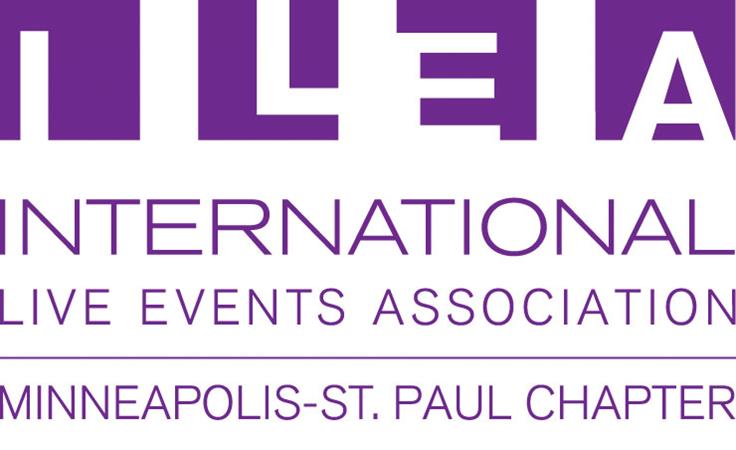Creator of digital platform meetingpages complete event planning directory and resource delivering leads and national, regional and local exposure for event venues, suppliers and destinations in MN, WI, IA & CO markets. In her free time, this 19 year industry veteran enjoys dance, group fitness, and training her young golden retriever dog in competition obedience and confirmation.
Return on Investment - Demonstrating ROI for Events
Q. What are the best ways to demonstrate return on investment (ROI) for events?
A. With publicly held companies being tasked with greater accountability, the responsibility of showing ROI (Return on Investment) or ROE (Return on Event/Experience) is essential for the planner. So how exactly do we measure the "fun factor" of engagement? Some strategic thinking is required in putting pencil to paper to make the numbers relevant. Here are a few ideas on how to demonstrate value with return in a number of different scenarios:
Gala Awards
Tie your data to the number of recipients who receive recognition for their contributions to the sales force showing how many employees aspire to and actually garner recognition and/or financial remuneration for their contributions. Does this number go up each year or down? If down, are there things doing on with the industry or business environment that may have impacted the decline? Do the same recipients win each year and/or how many new recipients are recognized? How does this reflect within human resources and retention vs. turnover? We know it costs far more to train new employees vs. empowering and equipping those who are currently knowledgeable within the corporate construct and culture.
Employee/Customer Appreciation Events
We also know historically that it takes far more resources to find new clients/customers or employees than it does to retain those who are productive in the organizational culture. Data can be utilized to support the retention of satisfied clients/customers through face-to-face outreach as well as employees in looking at and measuring the client and employee base retention. Surveys can also be included with such relevant material with questions of job or customer service/sales support satisfaction. It may not always be possible to do this in a paper or electronic survey format, but a sampling of attendees by telephone survey, word of mouth and feedback from attendees while present are all valuable tools to utilize. Integrating quantitative and qualitative post-event surveys give you concrete information as well as subjective feedback as you utilize the information for not only governmental compliance, but also in planning subsequent events.
Community Outreach
To share a concrete example from a successful event produced for a client, allow us to share tangible means of event development and 'real time' measurement. An event was designed as a community outreach including a main stage, four mini-stages, a face and color painting station and interactive walk-around performers giving away various items along with established attendance goals. High school students were utilized as volunteers to fulfill staffing needs as well as giving them the adjunct benefit of community service to meet their school graduation requirements.Various elements of measurement included overall attendance goals, median stay and how this translated into the value-proposition of the basis of measurable goals with ancillary entertainment. "Fast Facts" were available 48 hours later for the Monday Morning Managers Meeting that included surpassing the attendance goal by "x%" and that the average attendee stayed 1.45 hours, viewed a minimum of one main stage show, two mini-stage shows, had interaction with a minimum of four interactive entertainers and took away a minimum of two of the four take-away items available. This then became the "benchmark" for the following years from the inaugural event to compare from year to year as a repeat event.
As planners, it is imperative we become well-versed in the overall vision and goals of the company or organization. Further, if we begin to move in the direction of the C-Level officer's internal cultural language in corporate/organizational vs. event language, we becomes more valuable to our clients or upper management as being strategic employees or partners who understand the "bigger picture", all the while remaining compliant with SOX.
Due diligence in research and development allows us as planners to strategically design events with the ability to measure the "fun factor". Efforts such as these in the marketplace are what makes us invaluable, giving us room at the 'stakeholder's table' vs. being considered mere implementers of logistical aspects of event design and management.










